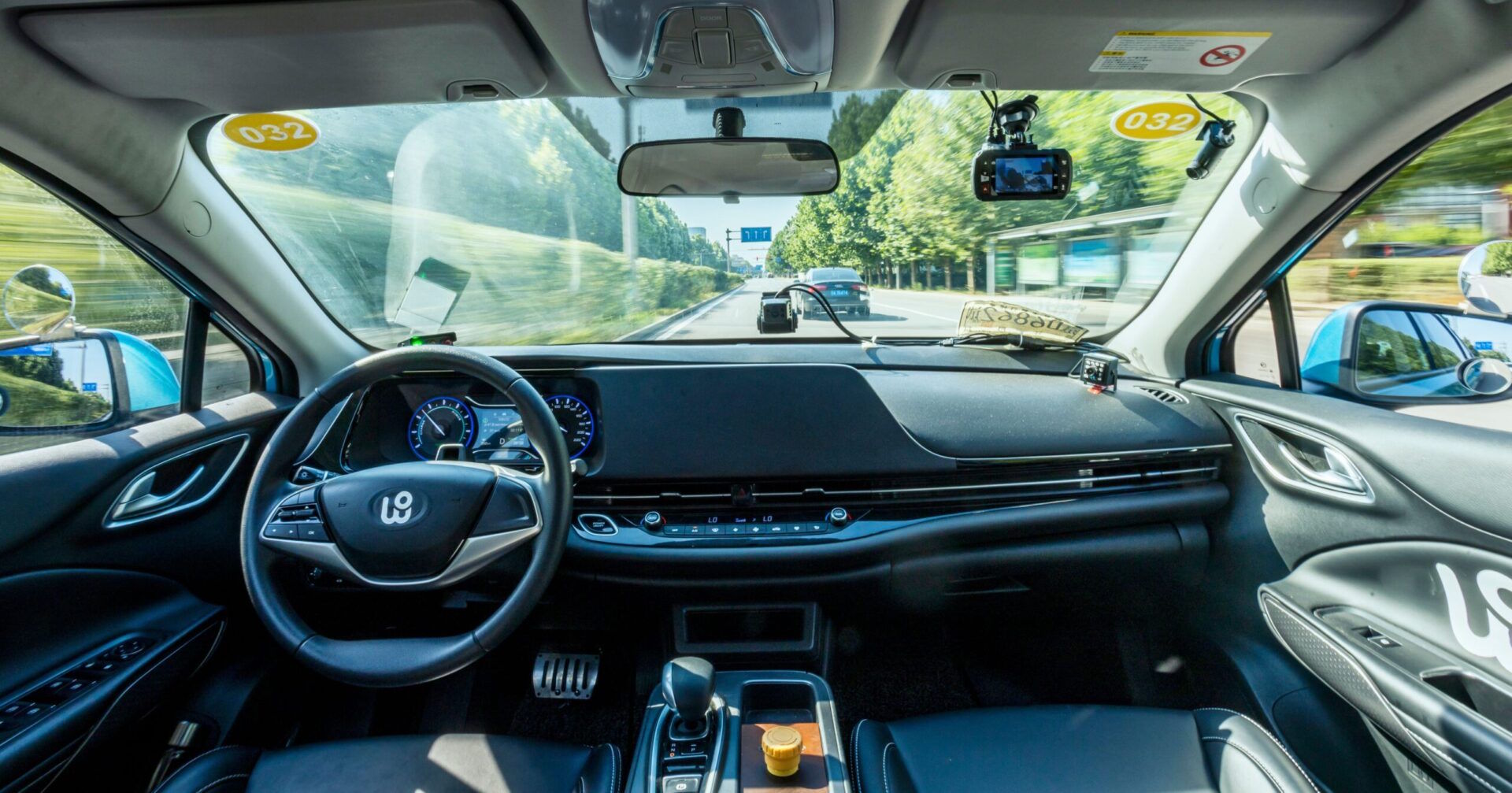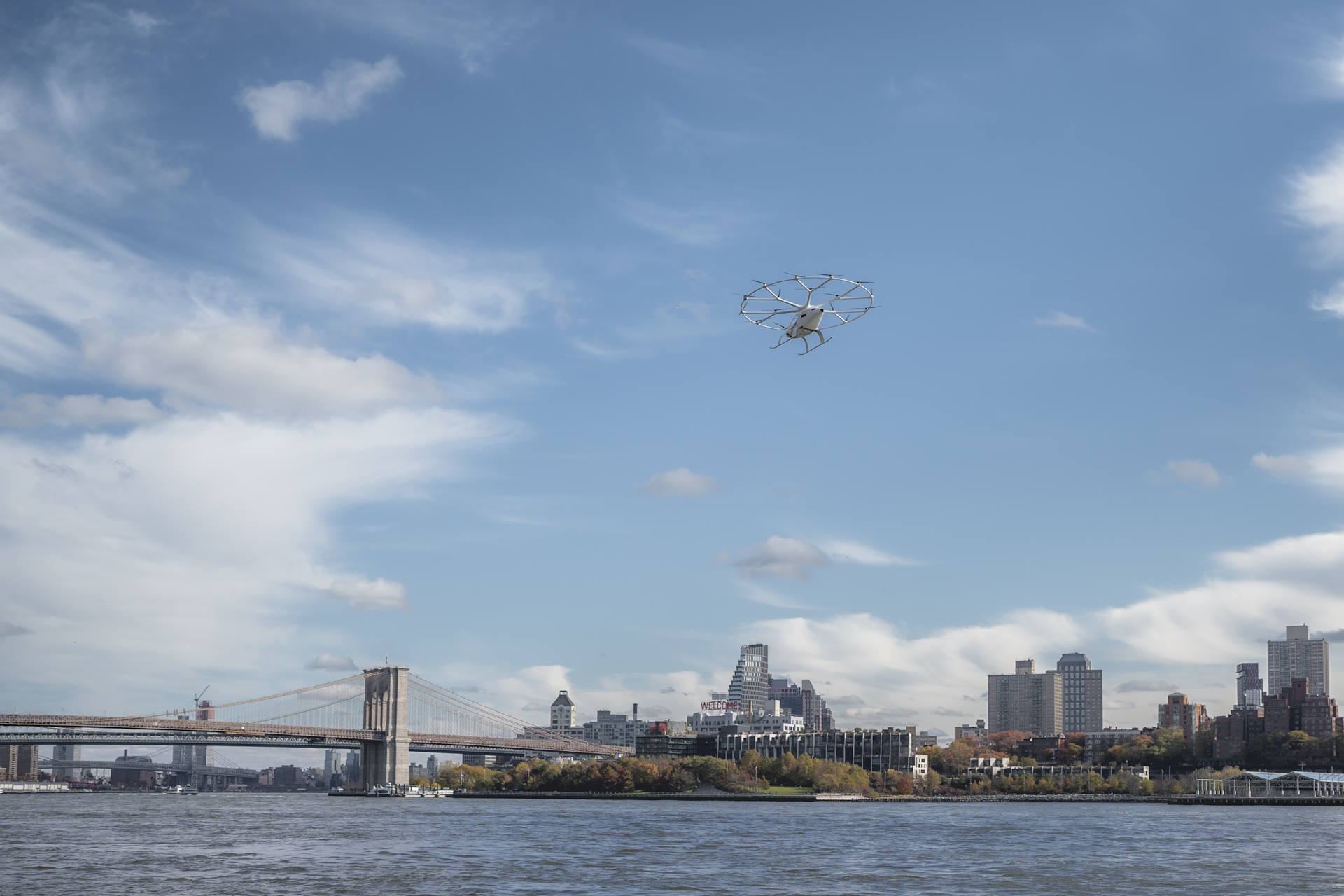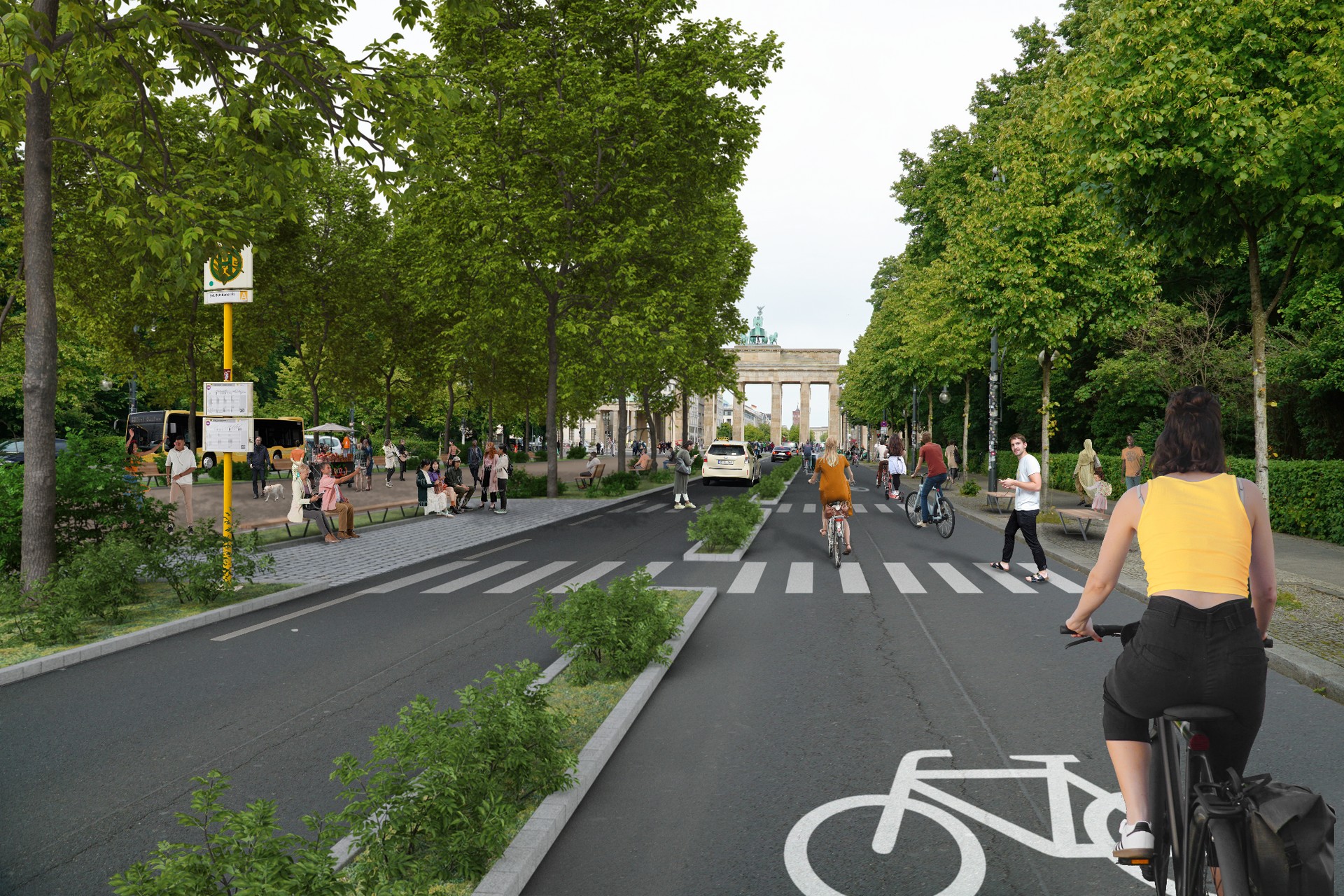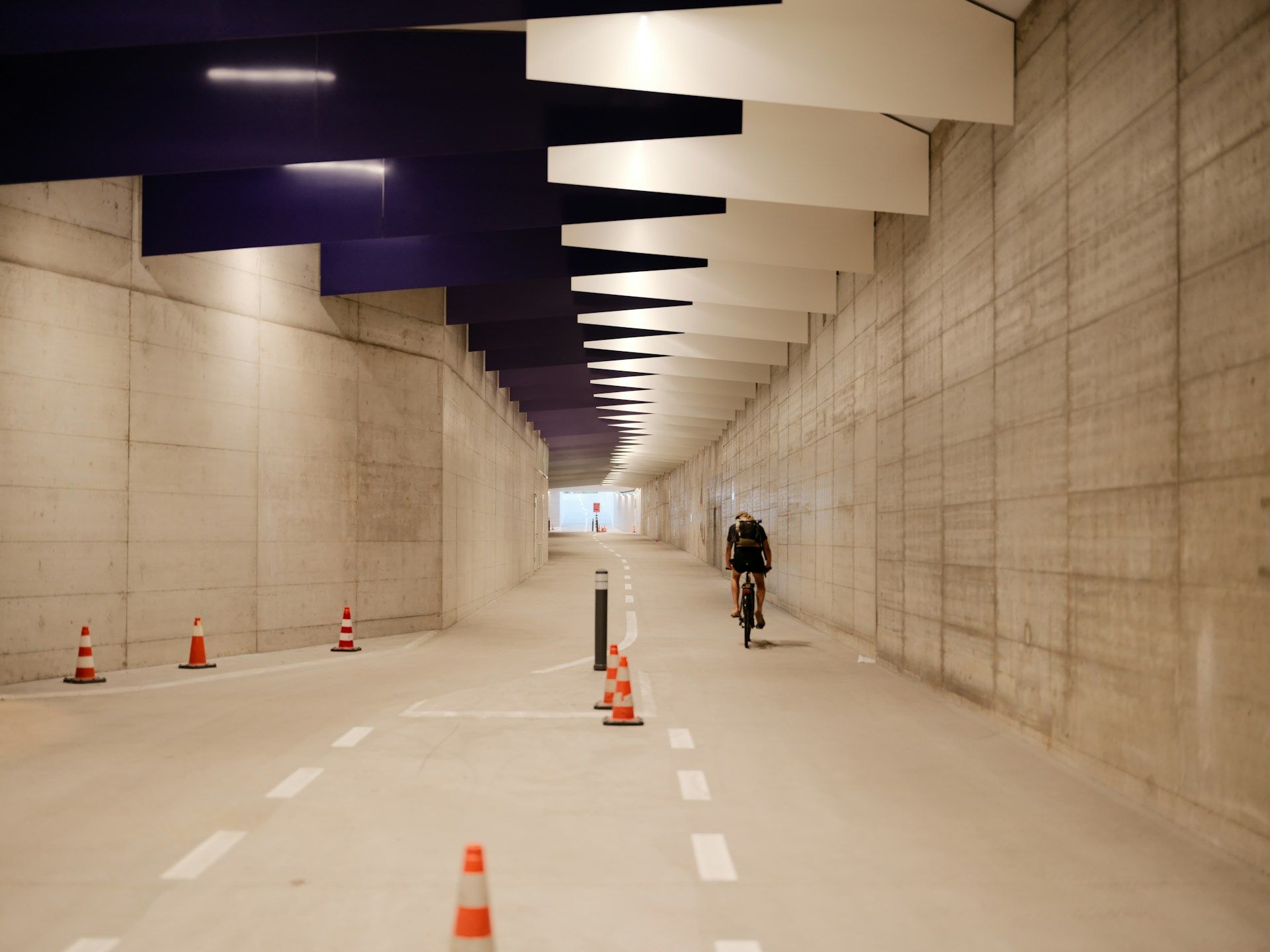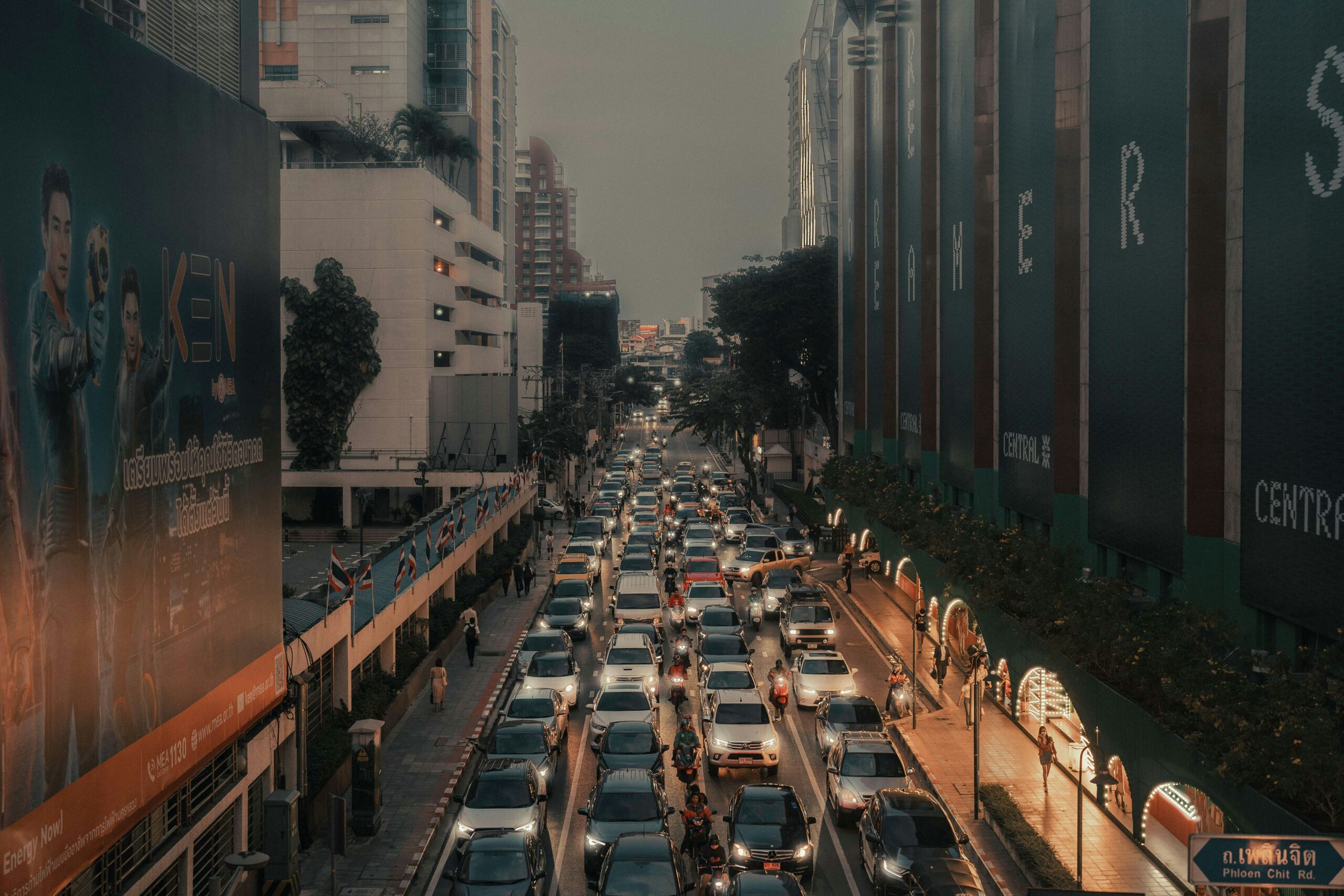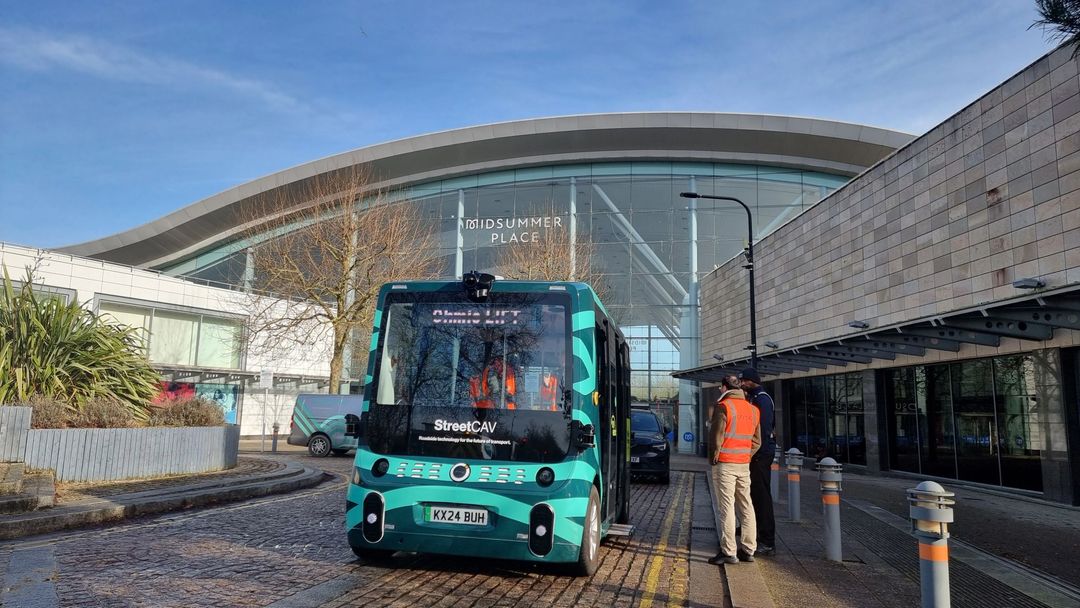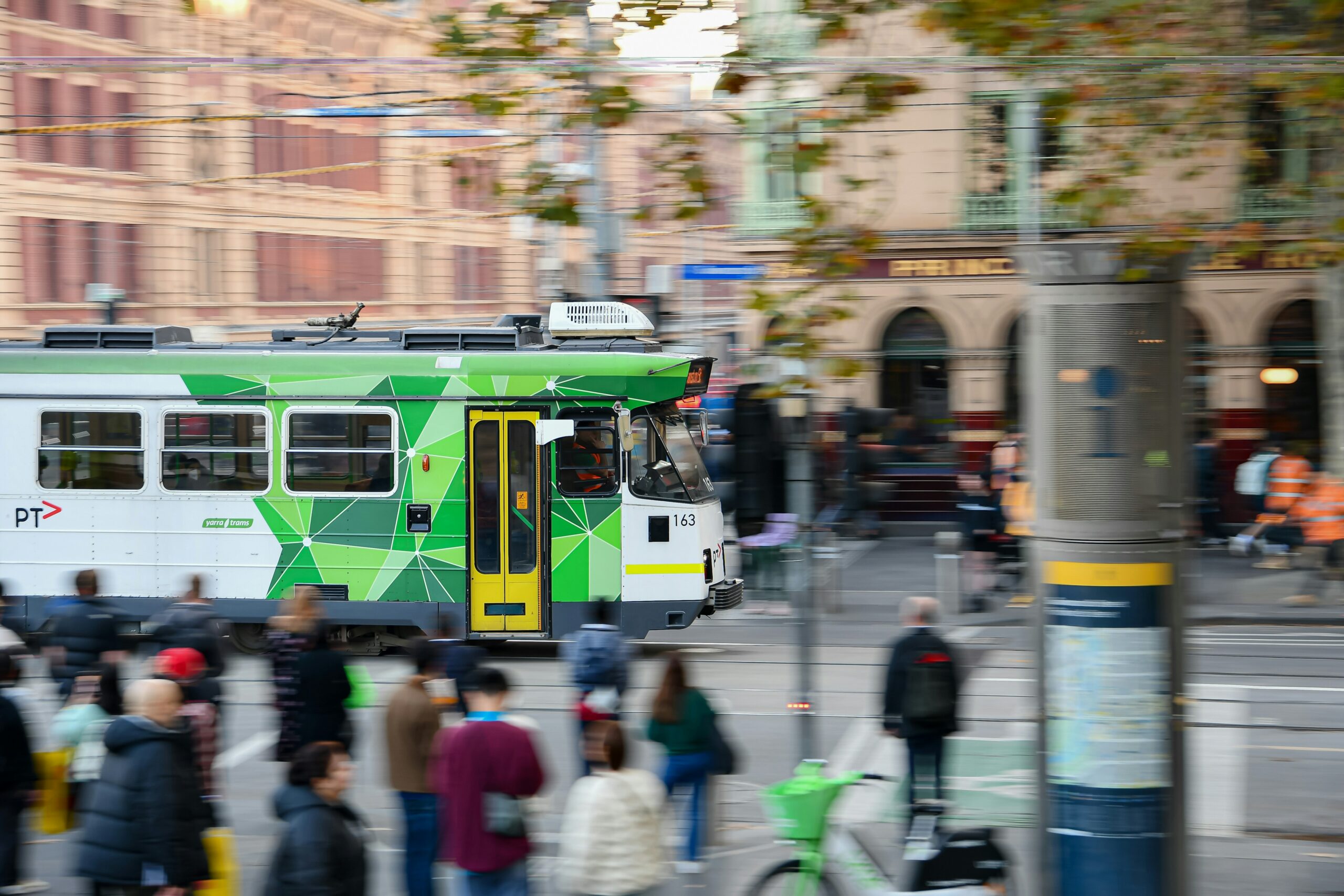Author | Lucía Burbano
At first glance, Hyperloop has all the qualities needed to become the mass transportation mode of the future; it is extremely fast, sustainable and technologically exceptional. But high R&D costs and competition with existing and widely operational railway networks have dampened the idea. However, numerous cities are still willing to invest in projects that place them at the forefront of exceedingly high-speed transportation systems.
The rise and subsequent silence of Hyperloop
Hyperloop is a transport system for passengers and goods consisting of capsules that levitate over electromagnetic “rails” inside low-pressure tunnels. Thanks to reduced friction with air and the fact that it basically flies, it can exceed speeds of 1,000 km/h with minimal energy costs and five times lower emissions than high-speed trains and almost 25 times cleaner than commercial aircraft.
Since Elon Musk introduced this concept in 2013, projects began to be announced in regions such as the United States, Europe, Asia, or the Persian Gulf, all far from being completed, since the obstacles not only entail astronomical costs, but are also extremely challenging in technical terms.
One of the main technological challenges of Hyperloop is the creation of a low-pressure environment inside the tubes, which is essential in order to allow the passenger capsules to travel at such high speeds. Researchers are studying different materials, such as carbon fiber composites and advanced polymers, to create sealed joints and light structures that can withstand the pressure of high-speed journeys.
Another significant challenge is the development of a propulsion system than can accelerate the capsules without affecting passengers. Developers are turning to magnetic levitation technology, which uses powerful magnets to elevate and propel the capsules along the tube.
This method eliminates friction, although the large-scale application of this technology has its own challenges, such as the need for precise control systems and high-performance magnets.
Cities opting for Hyperloop travel

Edmonton-Calgary
FluxJet is the name of the Hyperloop designed by the Canadian startup TransPod, which aims to connect Edmonton and Calgary in 45 minutes. Since the announcement that it had received an initial $550 million in investment at the beginning of 2022, a Hyperloop prototype has been built and tests have begun, while it awaits authorization to be granted by Alberta’s Railway Act to acquire land at Edmonton airport where its infrastructure will be located.
Las Vegas
Developed by Elon Musk’s The Boring Company, the Vegas Loop wants to connect the casinos along the Strip to the Harry Reid International Airport, the Allegiant Stadium, the center of Las Vegas and, finally, Los Angeles. Once completed, the Vegas Loop will carry 90,000 passengers per hour.
Delhi-Mumbai
DGW Hyperloop introduced the development of the Hyperloop system in India in 2016 and has now completed a feasibility study for the Delhi-Mumbai Hyperloop Corridor, which aims to reduce the travel time between the two cities from 3 hours to 62 minutes.
Delhi-Mumbai is the busiest national air route in India and the seventh in the world.
Public-private collaborations
Public administrations are also essential stakeholders in boosting Hyperloop as the transportation mode of the future.
Firstly, it is essential to establish a clear regulatory framework: the European Commission, for example, is already working on incorporating the Hyperloop into its transport network.
Secondly, public funds can be used to boost the private sector and cover part of the required investment costs. It was recently announced that the EU’s European Innovation Council’s (EIC) Fund had provided a substantial portion of the €12 million to the European Hyperloop Center (EHC), which is being built in Holland.
Photographs | TransPod, Hyperloop TT





